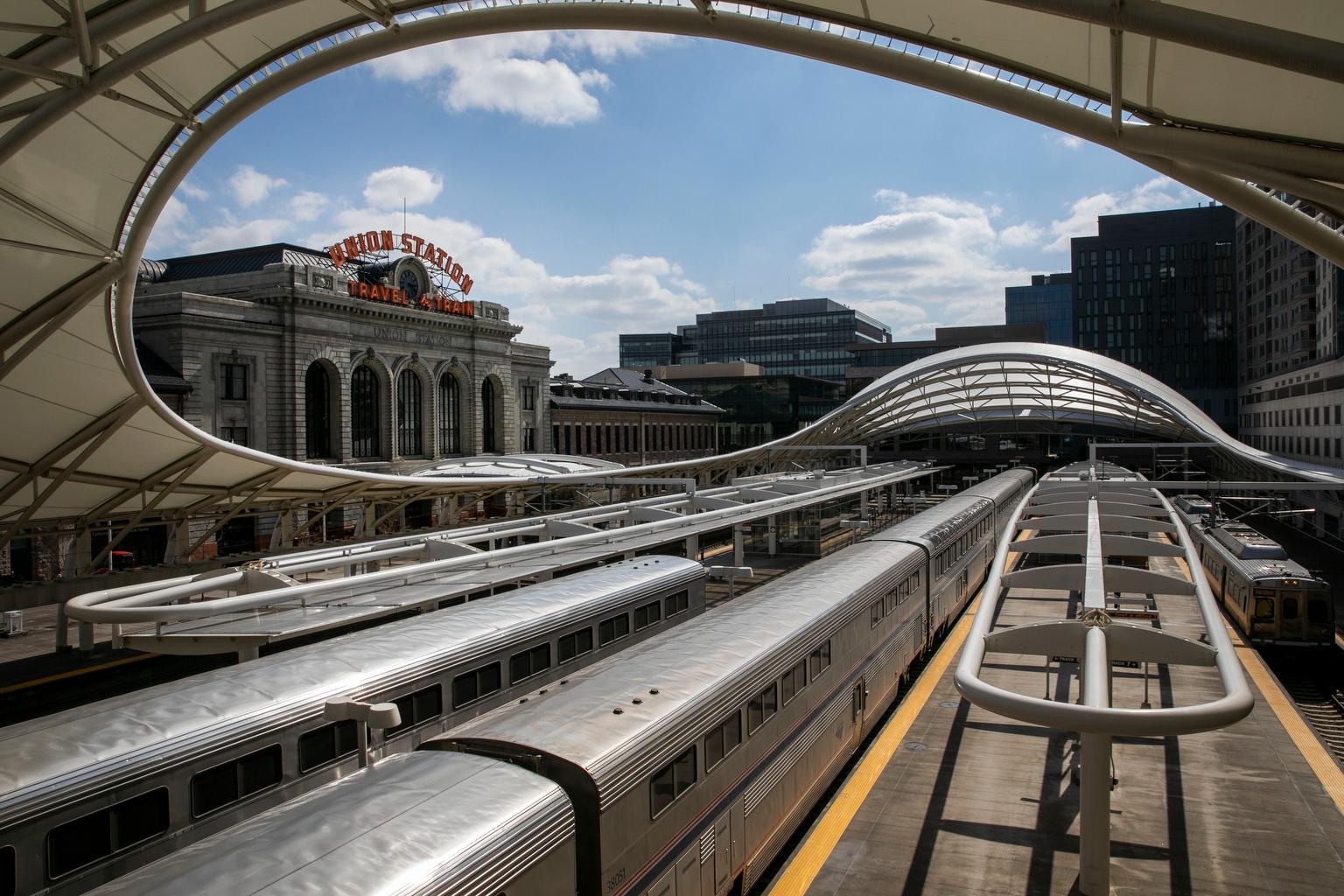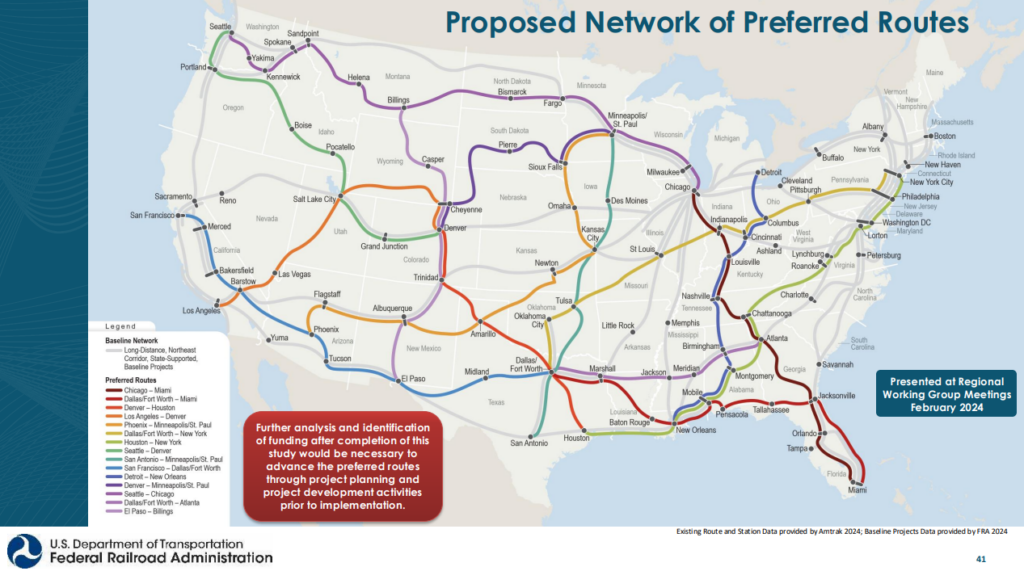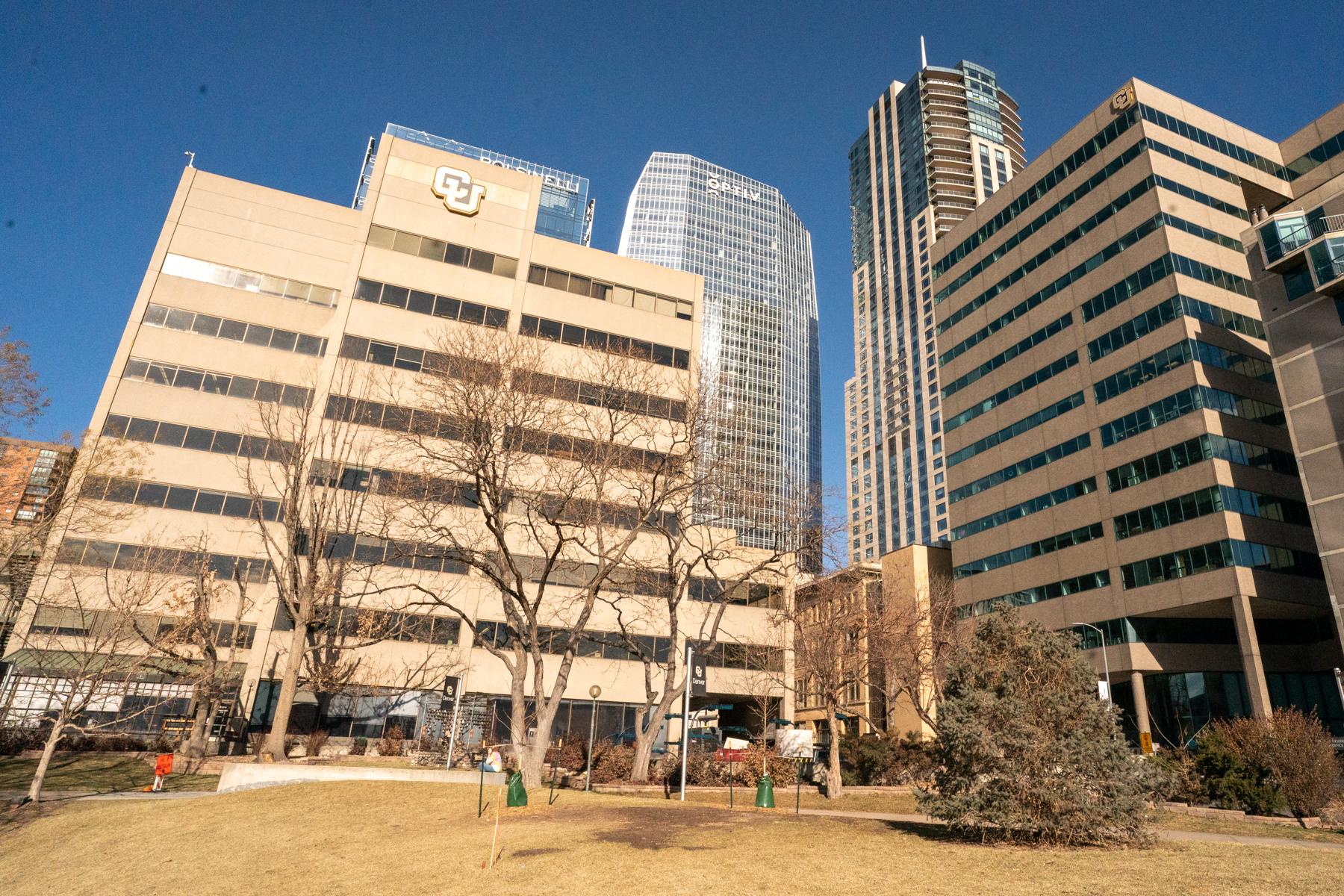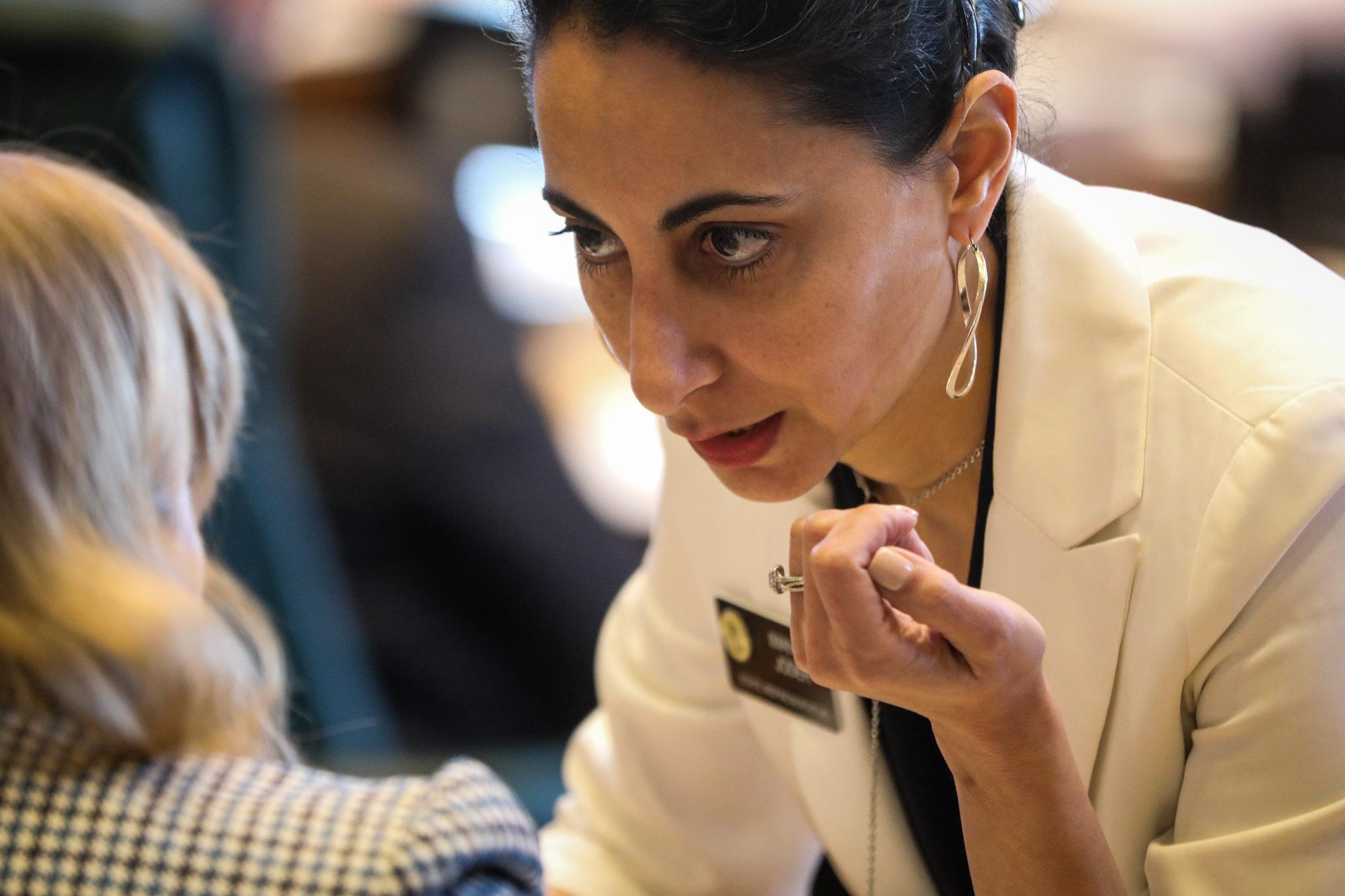
The federal government’s new vision for expanded long-distance passenger lines across the country includes five new or restored lines through Colorado.
Those and other new lines drawn on a map in a Federal Railroad Administration study published earlier this year don’t mean trains will roll any time soon.
But they are remarkable, Colorado rail advocates say, because it shows the federal government has made a “paradigm shift” from cutting long-distance rail lines, as it has done for decades, to a new vision for expansion — and Colorado is a key part of it.
“Colorado really took a focal point in this study,” said Jack Wheeler, president of the Colorado Rail Passenger Association, or ColoRail.

The federal study was funded by the 2021 Bipartisan Infrastructure Law. That legislation pumped billions of dollars into passenger rail, but the new long-distance lines contemplated in the study would require Congress to approve more federal money to plan further and build someday, Wheeler said.
“It will require substantial dedicated funding at the federal level,” he said. “It will not happen without that. That's just the reality.”
A final report detailing the new recommendations will be submitted to Congress later this year.
Still, the study provides a high-level analysis of both the return of long-discontinued rail lines and the establishment of new ones. The federal government rated each of them on a scale of 0 to 15, considering factors like cost, overall population served, population in poverty and without existing access to transportation, colleges, hospitals, and other amenities.
Federal rail officials say the scores may guide planning but “do not reflect prioritization for implementation funding.”
Five new or restored lines would travel through Colorado:
Denver - Houston
Federal Rail Administration rating: 9 out of 15
Travel time: 25 hours
Route length: 1,088 miles
Cost: $2 billion to $2.59 billion, plus $59 million to $83 million in yearly operations and maintenance
Denver - Minneapolis/St. Paul
Federal Rail Administration rating: 8 out of 15
Travel time: 26 hours
Route length: 1,143 miles
Cost: $6.22 billion to $8.08 billion, plus $56 million to $80 million in yearly operations and maintenance
Notes: Wheeler said the construction costs are very high for this line because of significant track upgrades needed in South Dakota.
Denver - Los Angeles
Federal Rail Administration rating: 8 out of 15
Travel time: 33 hours
Route length: 1,423 miles
Cost: $2.24 billion to $2.91 billion, plus $68 million to $97 million in yearly operations and maintenance
Notes: Part of this line operated as Amtrak’s “Desert Wind” line until 1997.
Denver - Seattle
Federal Rail Administration rating: 7 out of 15
Travel time: 40 hours
Route length: 1,647 miles
Cost: $2.09 billion to $2.7 billion, plus $75 million to $106 million in yearly operations and maintenance
Notes: This line operated as Amtrak’s “Pioneer” line until 1997.
El Paso - Billings via Denver
Federal Rail Administration rating: 6 out of 15
Travel time: 31 hours
Route length: 1,390 miles
Cost: $2.06 billion to $2.67 billion, plus $63 million to $89 million in yearly operations and maintenance
Some of these lines — especially the El Paso to Billings line — could build off of projects currently much further ahead in the planning process, Wheeler said, like Front Range Passenger Rail.
“That means that when these plans for more long-distance trains are in more advanced stages, and we're actually talking about implementing them, Colorado will have the infrastructure to host them,” Wheeler said.
Front Range rail planners recently decided not to ask voters for funding in 2024, but they hope to use revenue from new fees recently created by the legislature to help land federal grants and get bare-bones service up and running quickly — likely just between Denver and Fort Collins to start.
State leaders want rail service along the Front Range to be up and running by 2029. The state legislature will also receive a report later this month from entities including the Colorado Department of Transportation and the Regional Transportation District that will outline an implementation plan for an initial phase of Front Range Rail.
The state has also fast-tracked another potential new passenger rail line: the “Mountain Rail” corridor between Denver and Routt County. CDOT is hosting public open houses on the project next week.








